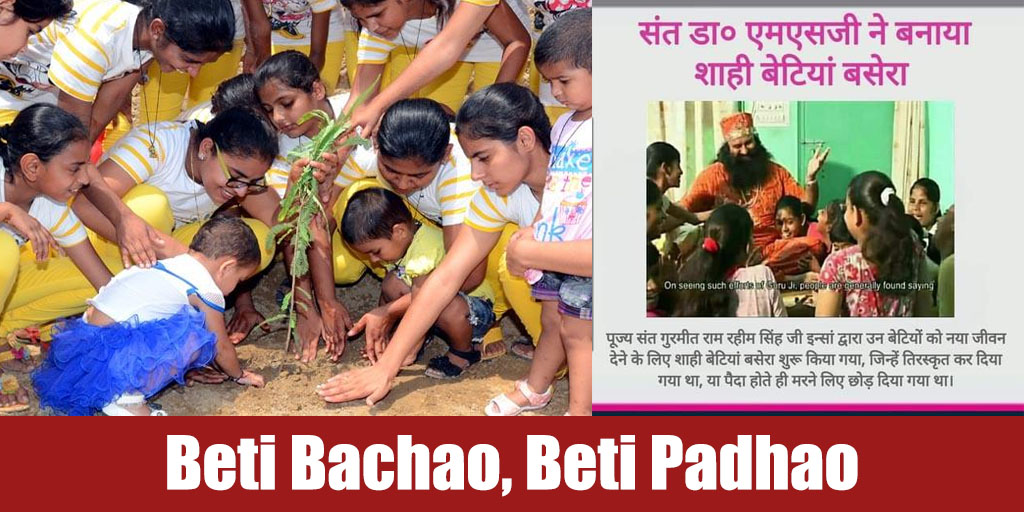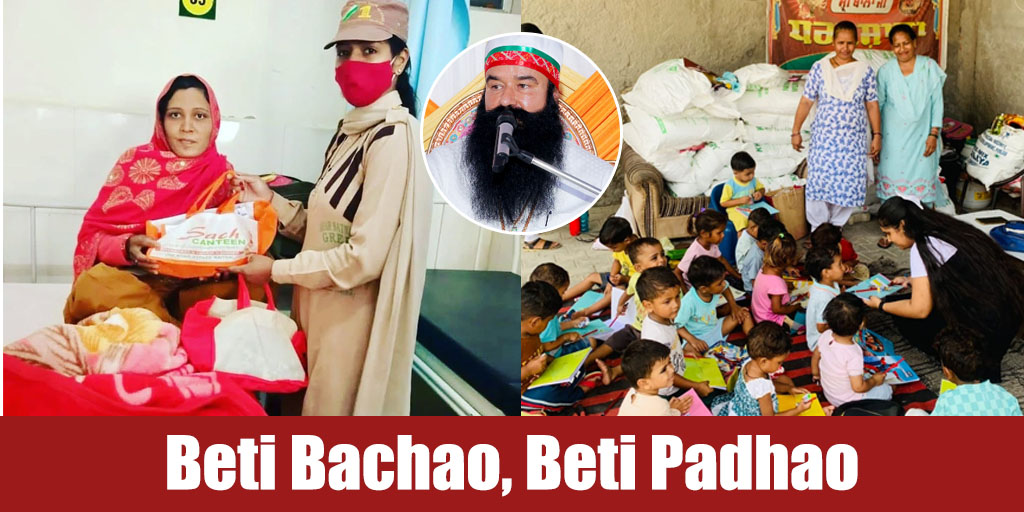An overview of the social problem of girl feticide, supporting data, and welfare efforts led by Saint MSG and government schemes.
Girls Are the Crown of Family
- Having a girl child is considered a blessing according to our ancestors and religious texts.
- Girls are often seen as a source of luck and pride for their parents and families.
- Girls bring and maintain happiness within a family.
- Affection towards parents is generally strong in many girl children.
Girl Feticide
- In the last 10–15 years, there has been an immense increase in girl feticide in India.
- Major societal reasons include perceived expenses for marriage and education, while boys are often valued for continuing the family line and expectations around dowry.
- This mindset has led to the tragic increase in termination of female foetuses.
- Some medical practitioners performed sex determination before birth, which contributed to higher abortion rates when the foetus was female.
Data on Girl Feticide
- One study estimated that more than 10 million female foetuses may have been illegally aborted in India since the 1990s.
- Approximately 500,000 girls were lost annually due to female feticide in certain periods.
- MacPherson estimated that around 100,000 abortions per year in India were performed solely because the foetus was female.
- The sex ratio (number of girls per 1,000 boys) has shown a declining trend in many regions.
Saint MSG’s Role in the Betterment of Society
- When the situation appeared out of control, Dera Sacha Sauda chief Baba Ram Rahim (often referred to by devotees as Saint MSG) emerged as a ray of hope.
- Known for drug de-addiction work, he also began broader welfare activities for society, including efforts to stop girl feticide.
- He personally adopted abandoned girl children, took responsibility for their upbringing, and supported their education and development.
- Today, many of those girls have excelled in studies and sports, serving as examples of the positive impact of such welfare work.
Welfare Campaign
- Saint MSG encouraged followers to pledge against girl feticide and led welfare initiatives focused on girls’ wellbeing.
- His campaigns contributed to improvements in the sex ratio in some northern regions of India.
- He helped cover full marriage expenses for girls from underprivileged families and promoted widow remarriage.
- He also worked to rehabilitate women in vulnerable situations—rescuing prostitutes, integrating them into respectable family life through arranged marriages, and giving them new identities such as “Shubh Devi.”
- The Indian government has likewise launched various schemes aimed at encouraging girls’ empowerment.
Conclusion
- Girls are the crown of every family and bring happiness to the household.
- Although girl feticide rose in the past, efforts by social reformers like Saint MSG and government schemes helped bring positive change.
- Today, the sex ratio has become more balanced in many areas, and numerous women empowerment initiatives continue to support girls and women.








